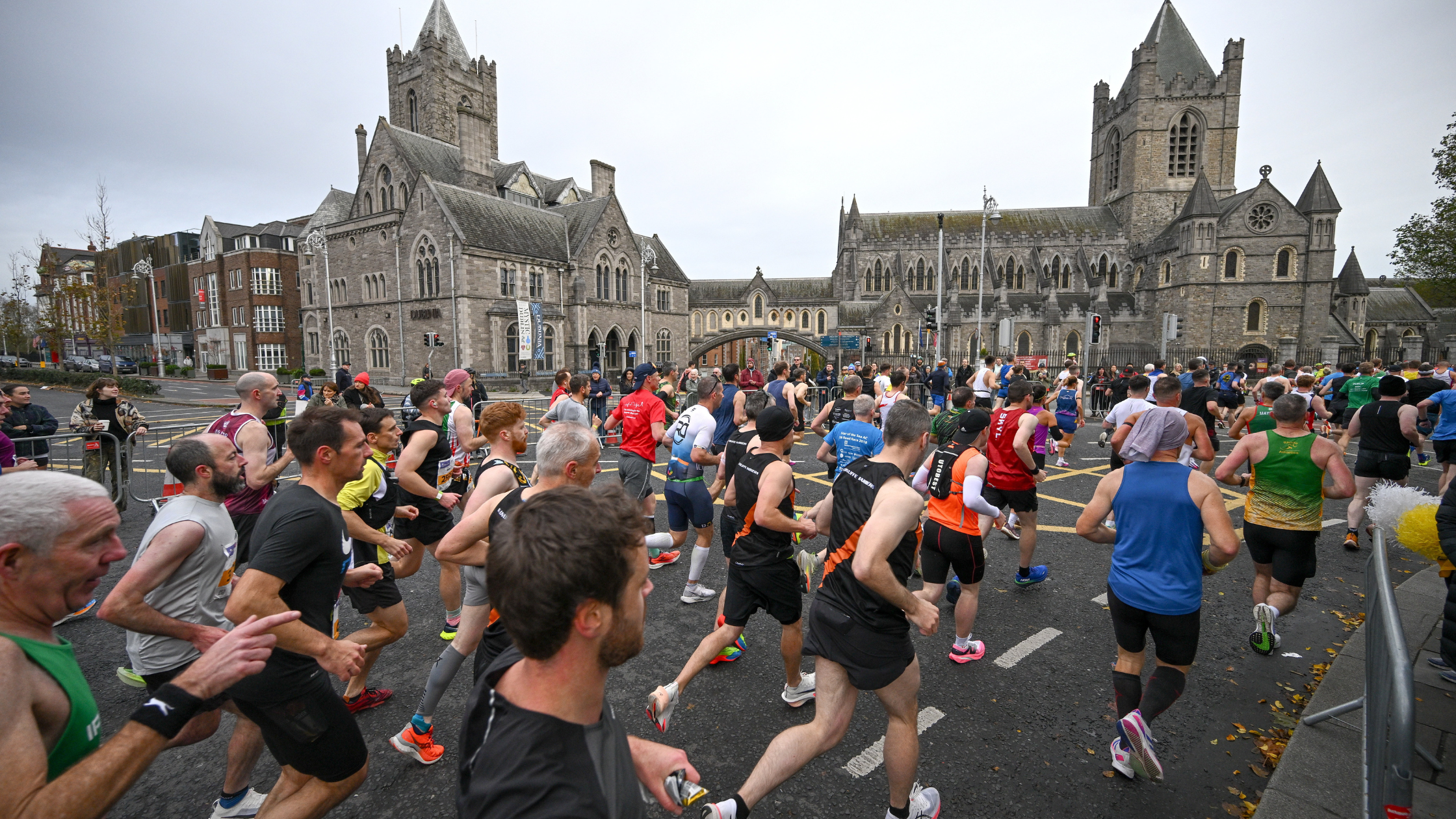Check out these top tips from athlete Louise Damen so you can perform well when racing on the mud.
1. Spike selection
Grip is pretty crucial when it comes to racing on softer surfaces and therefore choice of footwear is key. If you’re serious about cross country running then it’s a good idea to invest in a pair of specialist cross country spikes. These tend to be a little more robust than track spikes and generally have better grip and traction. The length of the metal spikes that you will need to use will depend on the condition of the course. It’s always prudent to have a selection of spike lengths (9mm, 12mm, 15mm) to hand and then you can decide which are most suitable once you’ve seen the terrain. For firm, grassy courses 9mm spikes should suffice, whereas 15mm will almost certainly be required for a mud bath!
2. Walk the course
If possible try to arrive at the race venue in good time so that you can look at the course beforehand. Many cross country courses are comprised of laps so you don’t have to walk the full race distance but it is always useful to familiarise yourself with certain aspects of a course before you race on it. This can help you to make decisions about spike selection and race tactics.
3. Be start line savvy
In some cross country races your club or team may be assigned a specific pen or position on the start line, which is of course very much out of your control. However, if this is not the case then it can be important to consider your starting position. Some courses narrow very quickly or involve sharp bends shortly after the start so to avoid becoming ‘boxed in’ or ‘squeezed’ on the first turn you should consider where on the start line will give you the clearest run.
4. Prepare for a fast start
Many of the larger cross country races involve fast and frantic starts as runners jostle for position. After this initial burst the pace generally settles, however a fast start can pose a huge challenge to the body’s physiology and often runners pay the price by struggling in the latter stages of the race. In order to best prepare yourself both physically and mentally for the possibility of a fast start it’s a good idea to try and replicate it in training. Try including 2-3 x 300-400m efforts at the start of your interval sessions. These quicker intervals will elevate your blood lactate levels. This will make the remainder of your workout tough but it will force the body to become more efficient at buffering the lactate.
5. Train specifically
As with any distance, one of the main goals of training is to prepare the body for specifically for the demands of the event. In order to prepare effectively for cross country it’s important to try and replicate the course and potential conditions during training. Try to gather as much prior information on the course as possible. Course maps and profiles can often be found on event websites. In addition to this consider the typical weather conditions and whether this may impact on the terrain. If you know that the course is twisty and hilly for example then try to run some of your faster sessions over this type of terrain.
6. Get out the Gaffer
Losing a shoe in a quagmire is probably one of the greatest fears of any cross country runner and can cause much misery both during and after the race. To reduce the risk of becoming shoeless it’s advisable to wrap some strong tape (Gaffer tape is best) several times around your spikes once you have tied your laces.
7. Warm up wisely
Try to avoid warming up on the most challenging terrain on the course as this will cause unnecessary fatigue pre-race. If the terrain is very wet and slippery then it’s best to try and warm up on nearby roads or tarmac paths.
8. Don’t worry about pace. Worry about effort.
The beauty of cross country is that it involves racing in its purest form. The time on the clock is irrelevant, you are simply trying to beat your opponents. For this reason you should gauge your race on effort as opposed to pace. Your pace can vary hugely depending on the terrain and the tactics of the race so ditch your GPS and learn to run to feel.
9. Work the hills
Many runners make the mistake of easing off the gas once they have ascended a hill, however the best cross country runners are those who can run hard off the top to break their opponents. This certainly isn’t an easy thing to do as blood lactate and fatigue levels are high but working the hills to your advantage will put you ahead of your competitors. The same applies to any downhill sections of the course. The natural instinct when running downhill is to lean back and apply the brakes. Try to lean forwards if you can and use the momentum of the hill to your advantage.
10. Be prepared!
It goes without saying that cross country events are often held in cold, muddy fields that can be fairly remote so you should always ensure that you travel to the race as prepared as possible. It sounds obvious but bring spare clothing and footwear for after the race, along with sufficient food and drink. Toilet roll is a must for obvious reasons and a black bin liner always comes in handy for any wet and muddy kit!
Editorial Credit: Sarah Cheriton-Jones / Shutterstock.com















